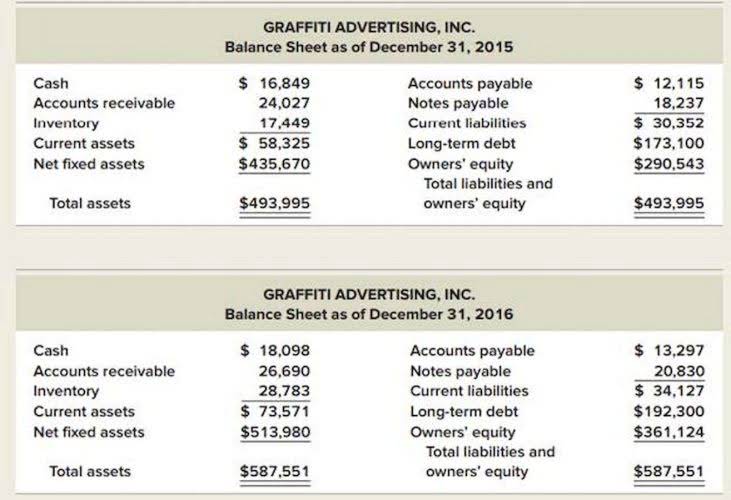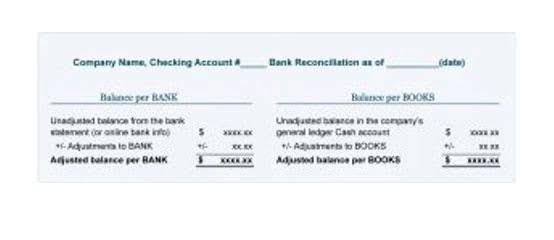Net Working Capital Overview, Formula, Uses

However, negative working capital could also be a sign of worsening liquidity caused by the mismanagement of cash (e.g. upcoming supplier payments, inability to collect credit purchases, slow inventory turnover). For instance, suppose a company’s accounts receivables (A/R) balance has increased YoY, while its accounts payable (A/P) balance has increased under the same time span. A boost in cash flow and working capital might not be good if the company is taking on long-term debt that doesn’t generate enough cash flow to pay it off. Conversely, a large decrease in cash flow and working capital might not be so bad if the company is using the proceeds to invest in long-term fixed assets that will generate earnings in the years to come.
What Is the Relationship Between Working Capital and Cash Flow?

Retailers must tie up large portions of their working capital in inventory as they prepare for future sales. Capital, like data, drives the day-to-day operations of businesses around the world. Having a strong enough cash flow to cover your debts, keep your business humming, and invest in innovation requires careful financial management. Even a profitable business can face bankruptcy if it lacks the cash to pay its bills. For example, if a company has $1 million in cash from retained earnings and invests it all at once, it might not have enough current assets to cover its current liabilities. For example, if a company has $100,000 in current assets and $30,000 in current liabilities, it has $70,000 of working capital.
- To boost current assets, it can save cash, build inventory reserves, prepay expenses for discounts, and carefully extend credit to minimize bad debts.
- But if the change in NWC is negative, the net effect from the two negative signs is that the amount is added to the cash flow amount.
- The financial model for forecasting net working capital is commonly driven by a range of processes within your company’s financial workflows related to current assets and current liabilities.
- The optimal NWC ratio falls between 1.2 and 2, meaning you have between 1.2 times and twice as many current assets as you do short-term liabilities.
- A negative net working capital, on the other hand, shows creditors and investors that the operations of the business aren’t producing enough to support the business’ current debts.
Streamline your order-to-cash operations with HighRadius!

This means the company has $70,000 at its disposal in the short term if it needs to raise money for any reason. Accounts receivable days, inventory days, and accounts payable days all rely on sales or cost of goods sold to calculate. When this happens, it may be easier to calculate accounts receivables, inventory, and accounts payables by analyzing the past trend and estimating a future value. Working capital, also known as net working capital (NWC), is a financial liquidity indicator that shows the difference between current assets and current liabilities.
Working Capital: Formula, Components, and Limitations
There we can be facing another situation where current liabilities are just covered. The change in net working capital refers to the difference between the net working capital of a company in two consecutive periods. It is calculated by subtracting the net working capital of the earlier period from that of the later period. Since the company is holding off on issuing payments, the increase in payables and accrued expenses tends to be perceived positively.
Download a free copy of « Preparing Your AP Department For The Future », to learn:
Since the total operating current assets and operating current liabilities were provided, the next step is to calculate the net working capital (NWC) for each period. They typically include cash in the bank, raw materials and inventory ready for sale, short-term investments, and account receivables (the money customers owe you). For example, if you have $1.35 million in cash, $750,000 worth of products, $58,000 in short-term investments, and $560,000 in accounts receivable, your total current assets would be $2.158 million.

Ultimately, changes in net working capital impact a company’s cash flow and financial health, highlighting the importance of monitoring these fluctuations for effective financial management. Examples of changes in net working capital include scenarios where a company’s operating assets grow faster than its operating liabilities, leading to a positive change in net working capital. The net working capital (NWC) metric is a measure of liquidity that helps determine whether a company can pay off its current liabilities with its current assets on hand. Understanding the cash flow statement, how to find change in nwc which reports operating cash flow, investing cash flow, and financing cash flow, is essential for assessing a company’s liquidity, flexibility, and overall financial performance. Positive working capital is when a company has more current assets than current liabilities, meaning that the company can fully cover its short-term liabilities as they come due in the next 12 months. Positive working capital is a sign of financial strength; however, having an excessive amount of working capital for a long time might indicate that the company is not managing its assets effectively.
- The most common examples of operating current assets include accounts receivable (A/R), inventory, and prepaid expenses.
- Alternatively, bigger retail companies interacting with numerous customers daily, can generate short-term funds quickly and often need lower working capital.
- Conversely, a negative WC might not mean the company is in poor shape if it has access to large amounts of financing to meet short-term obligations such as a line of credit.
- Net working capital, often abbreviated as NWC, is like a financial health report card for a business.
- In the next section, the change in net working capital (NWC) – i.e. the increase / (decrease) in net working capital (NWC) – will be determined.
- Like so many other business processes, managing net working capital is much easier with help from digital transformation tools such as artificial intelligence, advanced data analytics, and robotic process automation.
By following these steps, you can accurately calculate your net working capital and then determine any changes over time. Given the step function used in our model, the formula to calculate the incremental NWC is constant. In the final part of our exercise, the incremental net working capital (NWC) will be calculated and expressed as a percentage. An increase in the balance of an operating asset represents an outflow of cash – however, an increase in an operating liability represents an inflow of cash (and vice versa).



